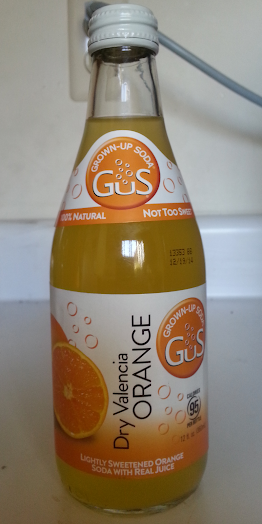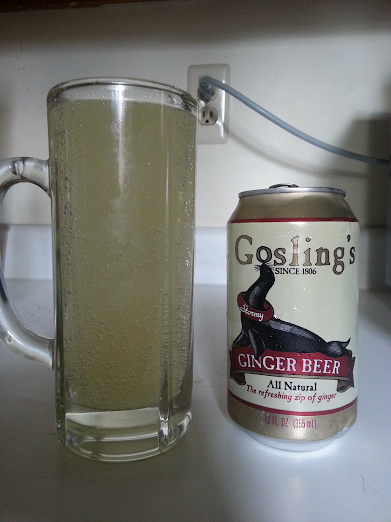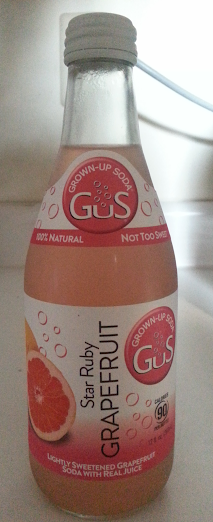In March of this year, I was diagnosed as non-insulin-dependent Type II diabetic. This, naturally, meant that I had to watch my blood glucose, and restrict my carb intake. The limits established by my "diabetician" are not onerous, and I've largely been able to stay within those limits, and keep my BG in an acceptable range, by adjusting portion size and simply trading out some high-carb stuff like potatos for lower-carb other vegetables.
But that's not what I'm here to talk about. One key to staying in control has been awareness of what I'm eating, and tracking it, complete with nutritional information. For that, I'm using a program called
Diabetes:M, published by Sirna Systems for
iOS and
Android. This program was originally written by a diabetic in Eastern Europe, but was sold to Sirna because the favorable feedback and worthwhile enhancements got to the point that one person couldn't manage the app any longer. I caught the app early, before it got sold to Sirna, and even back then, decided that it was truly worth supporting, even though the free version was already top-notch.
In the basic free version, you get all of the functionality of the program, except you don't get access to the external food databases (only the Diabetes:M and User databases) or the Edamam recipe analysis service, and you don't get access to the cloud-based data backup and multi-device synchronization services.Without those, you have to do a little more work to ensure that your data is preserved for device changes and/or backup, and you'll need to enter more foods yourself - but the program is still fully useful. I feel that the $50 per year that they're charging to support the extended features (Cloud sync/backup, Edamam, US FatSecret, USDA, BECDA databases) is well worth the price - and when I've offered suggestions on enhancements or bug reports, I've gotten a quick response.
The information that you'll find in the food databases is what you'll find on the US "Nutritional Information" labels, and when you want to add a food to the User database, it's pretty much in the order you'll find it on the label (Saturated and Trans fats are reversed). Both US and international units for virtually everything are supported, and configurable. When you're entering data into the logbook, you can select the foods and the portion size from the database, and it will automatically sum up calories, fat, protein, and carbs, and enter the totals as part of the entry. The individual foods will be listed, along with their carb ratings, as text for the note. The default set of categories are the various occasions when you would eat (e.g., Breakfast, Lunch, Dinner, Snack), or when you would take a BG reading (Before Bed, Fasting Glucose, Before/After Breakfast/Lunch/Dinner/Exercise/etc.), and you can add categories for your own needs (for example, I've added a category "Exercise"). In addition to log entries containing food data, they can include exercise (time, type, and a comment), medications taken (you can enter them all into the program and then just tick them off), lab panel data, BP, weight, ... quite a lot.
You can also export data to spreadsheet CSV format, for analysis on a PC, or to upload to your doctor's on-line record (e.g., Montefiore's MyHealth), and the program will generate some basic charts and graphs from the data as well, so that you can see trends - all of which can help you manage your diabetes.
There is an on-line user's guide, but I've never used it - the program's interface is simply that clean and obvious for most functionality.
I never rate programs five-star on Google Play; no program is perfect-and-can't-be-improved. But this is definitely worth a four-star rating.













